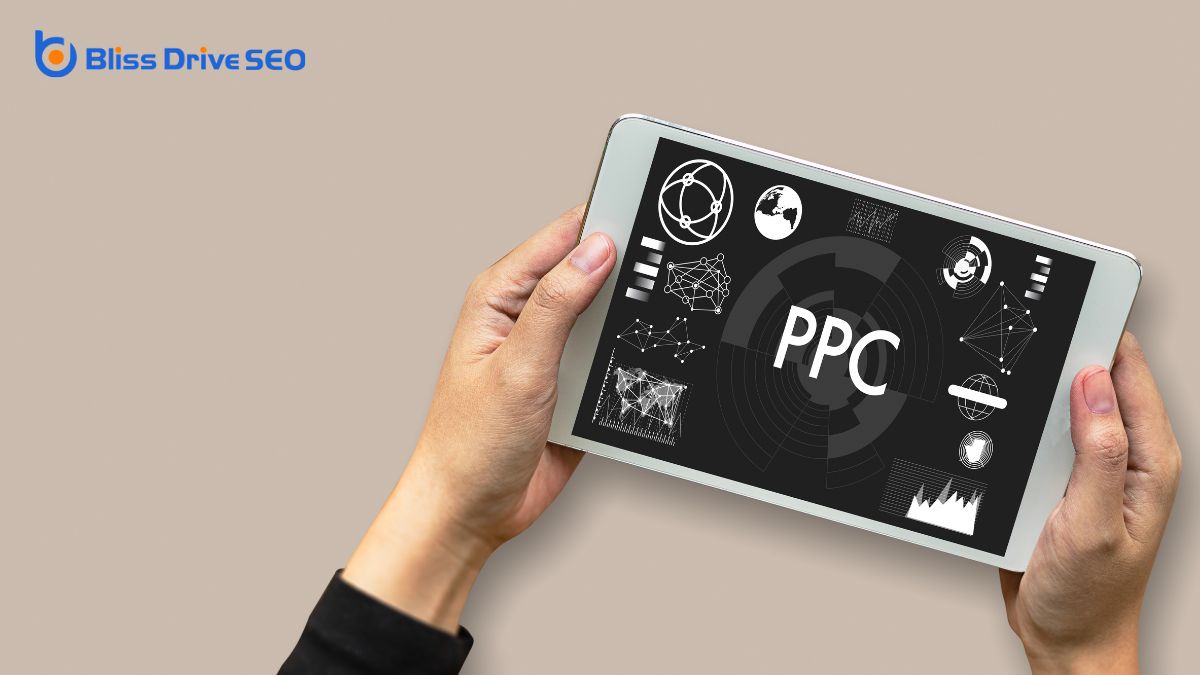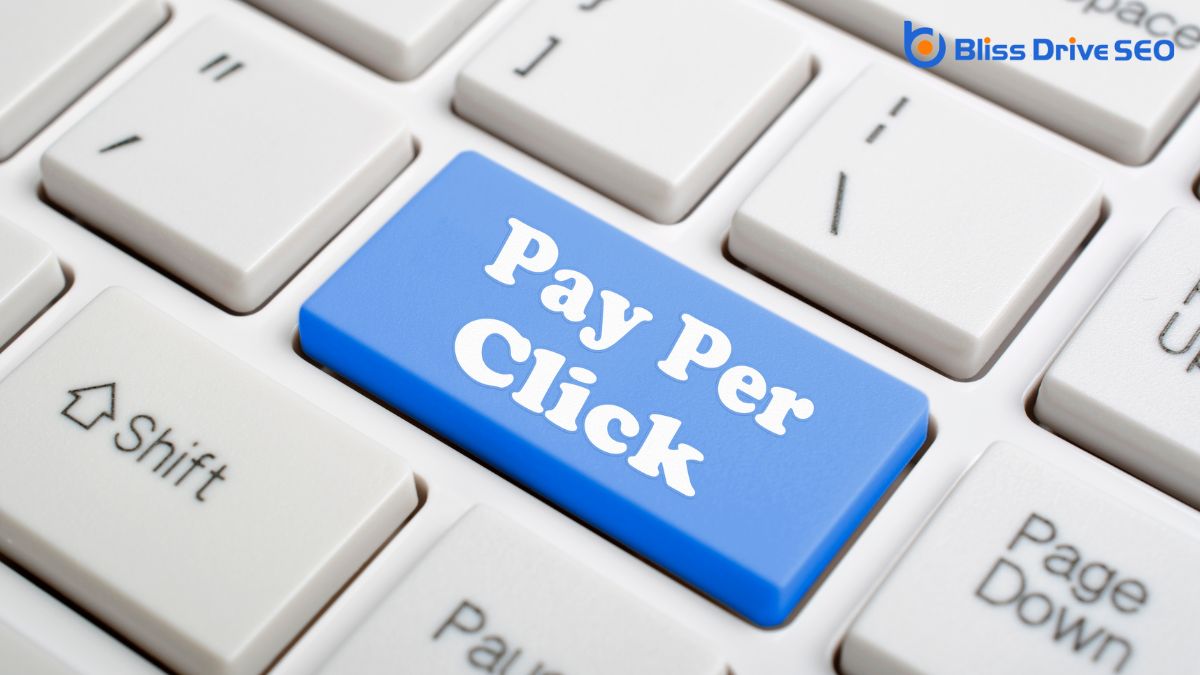Digital Marketing Services
Learn More About Us

To run a successful pay-per-click campaignA set of ad groups sharing a budget, targeting options, and other settings., start by understanding PPC basics. Choose relevant keywordsWords or phrases that users type into search engines to find information. with the right balance of search volume and competition. Craft compelling ad copyThe text or content of an advertisement. with action-oriented language and a strong call to action. Set a budget based on your campaign goals and market insights. Launch your campaign, then track performance using metrics like click-through rates and conversions. Regularly optimize by refining keywords and testing ads. Ready to dive deeper?

Pay-per-click advertising, often abbreviated as PPC, is a powerful tool that can drive targeted traffic to your website.
In PPC, you pay a fee each time an ad is clicked, fundamentally buying visits rather than earning them organically.
It's vital to understand that PPC is all about relevance. You need to create compelling ads that align with what your audience is searching for.
Ad platforms like Google Ads allow you to set a budget and determine where and when your ads will appear.
Tracking results is necessary so you can analyze which ads work best and adjust strategies accordingly.
When diving into keyword selection for your PPC campaigns, it is crucial to choose terms that align with both your business goals and what your audience is searching for. Start by brainstorming a list of potential keywords. Consider using tools like Google Keyword Planner to find popular terms in your industry. You want keywords that balance between high search volume and low competition. This strategy helps maximize your budget and reach.
Here's a simple table to guide you:
| Keyword | Search Volume | Competition |
|---|---|---|
| "Running Shoes" | High | High |
| "Comfy Sneakers" | Medium | Medium |
| "Athletic Footwear Deals" | Low | Low |
| "Best Jogging Shoes" | Medium | Low |
Focus on relevance to guarantee you're targeting the right audience and driving conversions.
Now that you've selected the right keywords, it's time to focus on crafting ad copy that truly captures attention and drives clicks.
Start by being clear and concise. Your headline should immediately convey what you're offering and why it matters. Use action-oriented language to encourage clicks, like "Discover," "Save," or "Learn."
Highlight unique selling points that set you apart from competitors—whether it's price, quality, or a special offerThe specific product or service being promoted by affiliates..
Address your audience directly, using words like "you" to make the ad feel personal. Incorporate emotional triggers that resonate with your target audience, such as urgency or excitement.
Don't forget a strong call-to-action (CTA), prompting users to take the next step. Testing different versions can help you find what works best.
To set your PPC budget effectively, start by clearly defining your campaign objectives to understand what you're aiming to achieve.
Next, analyze your competitors' spending to get a sense of the market landscape and where you might need to allocate more resources.
Finally, consider adjusting your budget for any seasonal trends that might impact demand for your products or services.
Before diving into the world of pay-per-click (PPC)An online advertising model where advertisers pay a fee each time their ad is clicked. advertising, it's crucial to determine your campaign objectives and set a realistic budget. Knowing what you want to achieve helps you allocate resources effectively.
Start by defining clear goals. Are you looking to increase brand awarenessThe extent to which consumers are familiar with the qualities or image of a particular brand., generate leads, or boost sales? Each objective requires a different approach and budget allocationThe process of distributing a budget across different campaigns and ad groups..
Reflect on the following:
Ever wonder how much your competitors are spending on their PPC campaigns? Understanding their budget can help you set a competitive edge. Start by researching industry benchmarks and using tools like SEMrush or SpyFu to gather data. This information helps you gauge where you stand and how much you should invest in your campaigns. Here's a simple breakdown to illustrate:
| Competitor | Estimated Monthly PPC Spend |
|---|---|
| Company A | $5,000 |
| Company B | $3,500 |
| Company C | $7,200 |
| Company D | $4,000 |
| Company E | $6,500 |
When planning your PPC budget, it's crucial to adjust for seasonal trends that could impact your campaign's effectiveness. Different times of the year can greatly influence consumer behavior and, consequently, your advertising performance.
To make informed adjustments, start by analyzing historical data to identify periods of increased or decreased demand. Consider the following:
Launching your first pay-per-click (PPC) campaign can be both exciting and a bit intimidating, but with the right approach, you'll see positive results in no time.
Start by defining clear goals for what you want to achieve, whether it's driving traffic, generating leads, or increasing sales. Choose the right platform, like Google Ads or Bing Ads, to reach your target audience.
Research keywords relevant to your product or service and set a budget that aligns with your goals. Create compelling ad copy that grabs attention and includes strong calls to action.
Design a landing pageThe web page a user is directed to after clicking on an affiliate link, optimized for conversions. that aligns with your ad for a seamless user experience. Finally, launch your campaign and be ready to make data-driven adjustments as needed.

After launching your PPC campaign, it's crucial to analyze and optimize its performance to guarantee you're getting the best return on investment.
First, explore the data provided by your chosen platform. Track key metrics like click-through rates, conversion rates, and cost per conversion. Understanding these numbers helps you determine what's working and what needs adjustment.
Consider these optimization tips:
To successfully run a pay-per-click campaign, start by grasping the basics and picking the right keywords. Craft ad copy that grabs attention and resonates with your target audience. Be mindful of your budget to guarantee your campaign is cost-effective. Once you launch, continuously analyze the performance data and make necessary optimizations. By following these steps, you'll maximize your ROI and achieve your marketing goals. Remember, constant learning and adaptation are key to PPC success.
